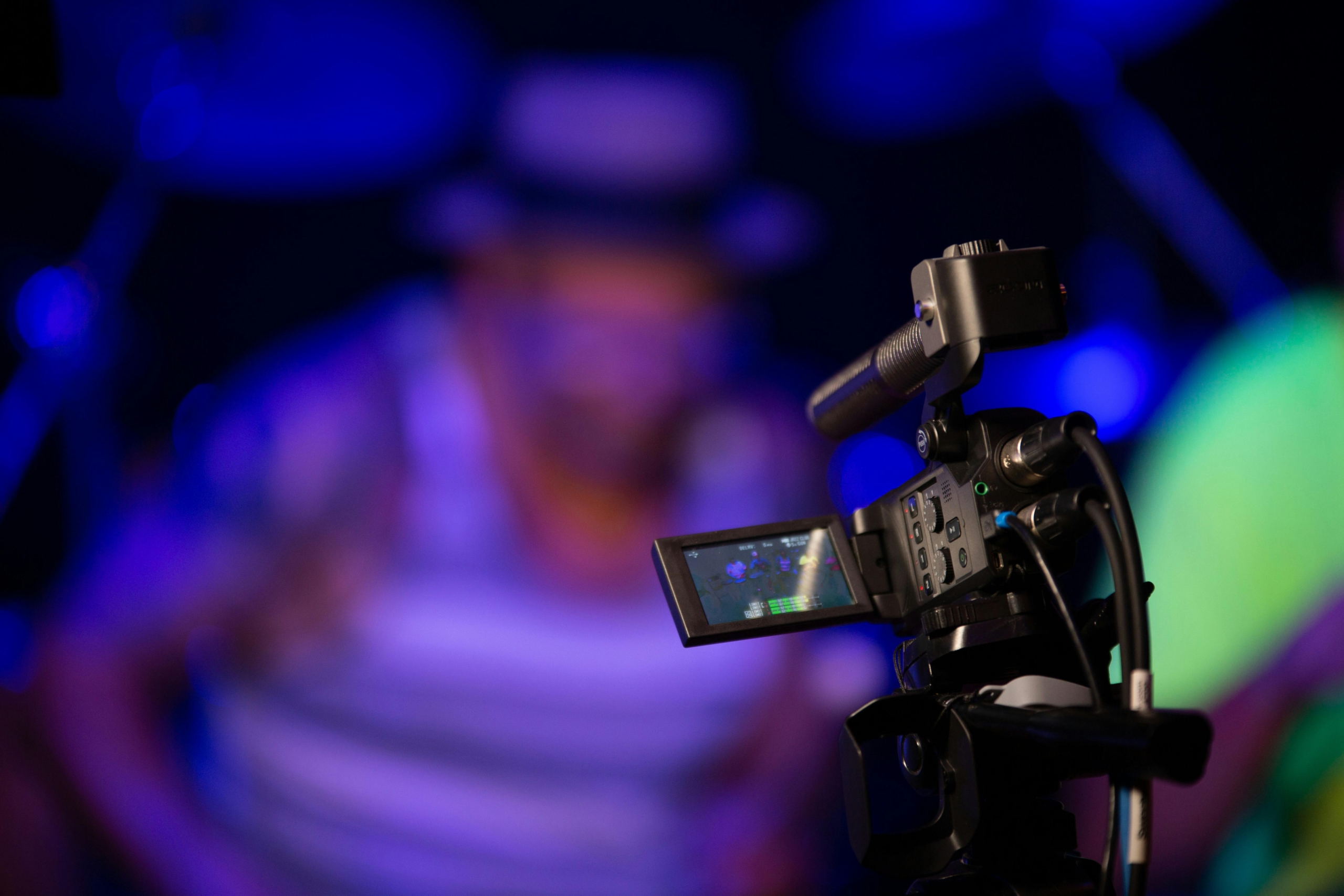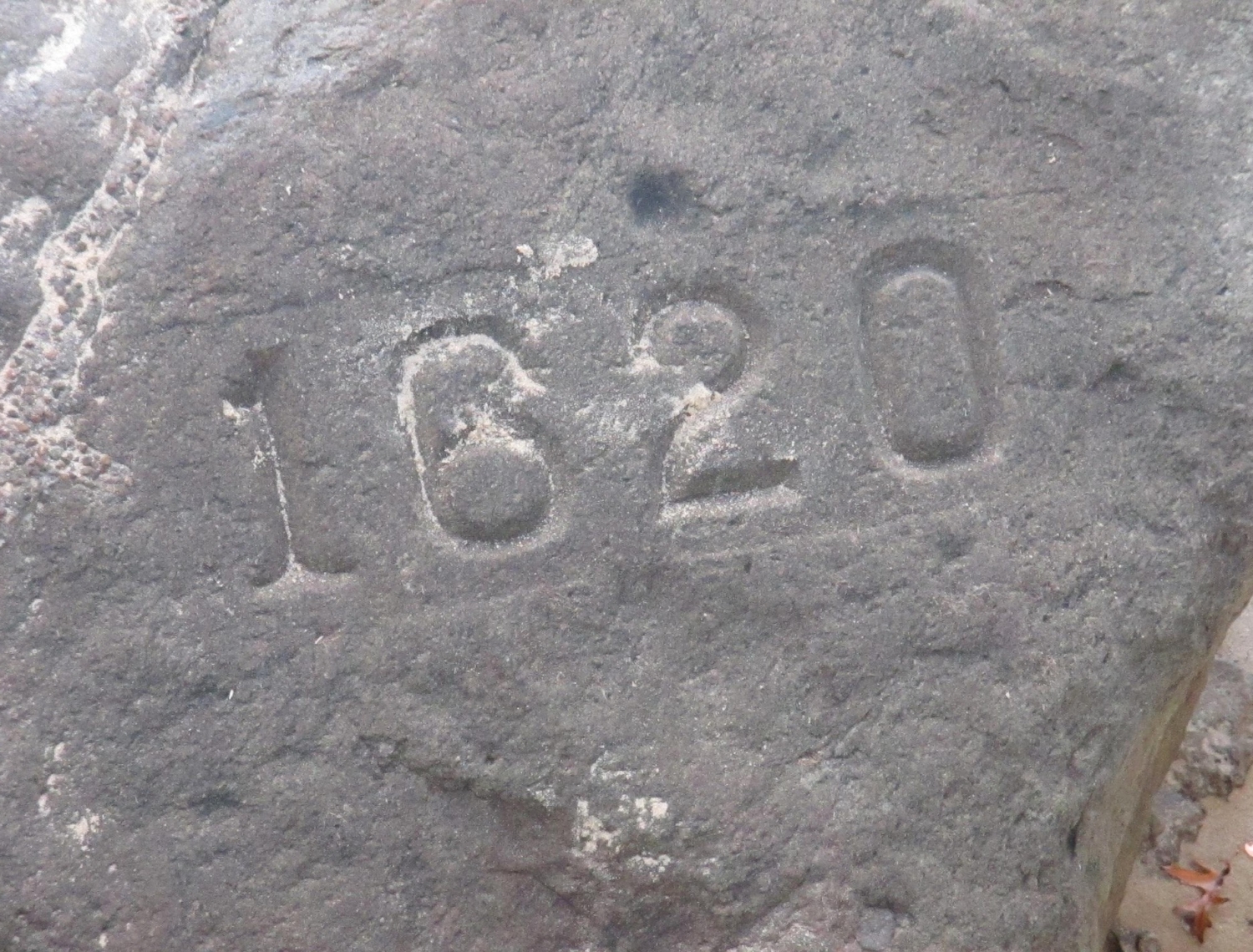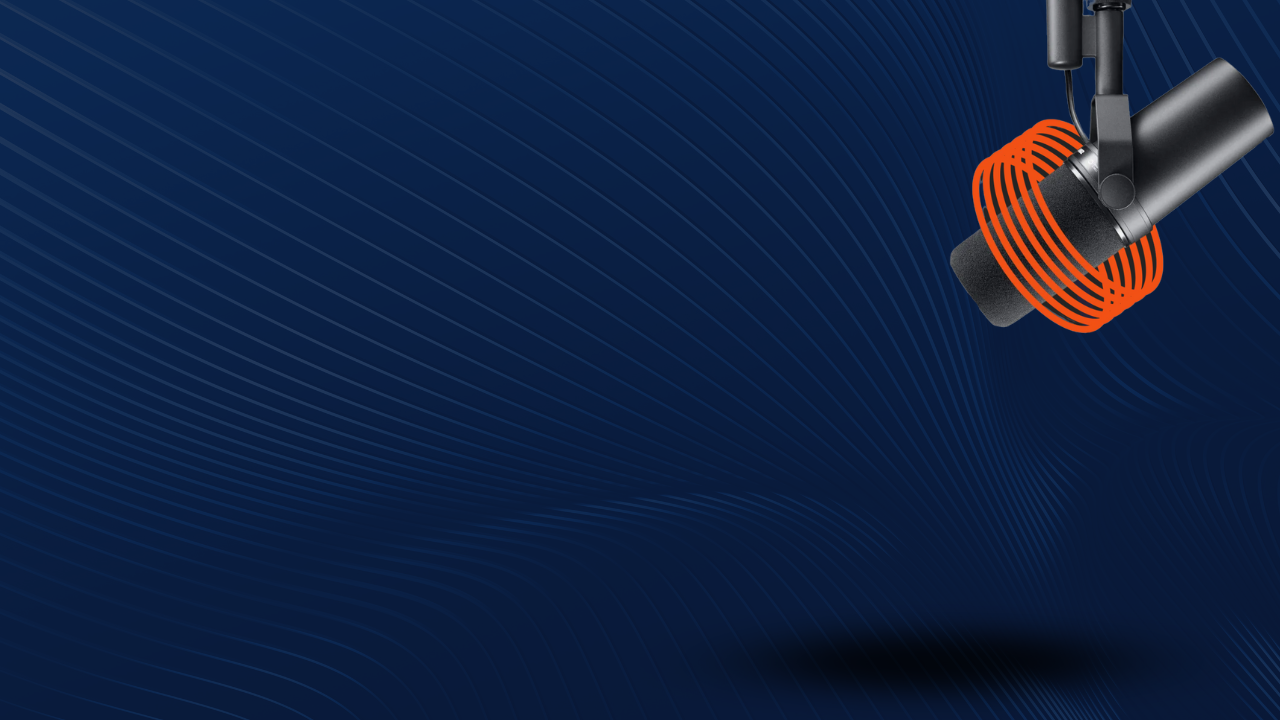Going to keep things a bit short this week – I don’t know about you, but we have had a lot to process and concentrate on this week, and if I can’t brain too good, I can’t ask you to, either.
Last month, I spent a couple of newsletters talking about Audio Primes and Video Primes – segments of the podcast audience that indicate they consume more than 75% of their podcasts through audio or video. For the most part – we focused on their similarities: demographically nearly identical, and also both segments have been listening to podcasts for many years. They would probably get along if they met at a podcast event.
When I started to dive into what makes them different, however, I was surprised at what I found. It wasn’t as simple as one preferring audio and the other preferring video – there was something deeper at play, especially when you consider that most podcast consumers consume their podcasts via audio, even with the popularity of some notably large shows that are mainly YouTube properties.

Is the YouTube audience young? Sure – they index younger than the population. But not as much as you’d think, and the Video Prime audience is nearly identical in age to the Audio Prime audience, and as we learned in our “Sound You Can See” study last year, video podcast consumers are often listening AND watching the exact same shows, depending on context or mood.

So, if Audio Primes and Video Primes are largely very similar, the overall audience is much more audio-oriented, and even Video Primes often consume their favorite shows by audio, why do we need to care that much about video at all? Is it just a “nice to have?” In other words, does having a video component give you an advantage, or is the lack of one a clear detriment?
The key to this is not to get so hung up on audio “vs” video, but to also remember this: YouTube (and let’s be real, that is what we are talking about…today, at least) is a podcast app, and if we look at it as a podcast app in comparison to other podcast apps, this is where we start to reframe our thinking. Consider these two stats:
- Video Primes (podcast consumers who watch more than 75% of their podcasts): 14% of the podcast audience
- Podcast consumers who say YouTube is the app/service they “use most often” to consume podcasts: 39% of the podcast audience
I have come to trust what people say about these behaviors when they are so far apart, and here the gap is quite significant: more than twice as many people say they use YouTube the most than people who say they are “mainly (75%+) video podcast consumers.” The inescapable conclusion here is that YouTube also has significant usage as an audio podcast platform. That’s the only thing that makes sense.
When we stop getting hung up on the “how do I make my audio podcast into a video podcast” and instead look at what YouTube the audio app provides, I think this leads us to a different conclusion, and indeed, the differences between Audio and Video Primes support that line of thinking.
There is a lot more to say about this, and more data to show than I think I want to inundate your eyeballs with on this post-election week, so we have put together a special webinar to go over these differences and some unreleased data on Audio and Video Primes. I hope you’ll join me on Wednesday, November 20th, at 2 PM Eastern for a deeper look!
This special look at our Audio and Video Prime data will reveal brand new information about media consumption differences and the role of both platforms in that all-important topic, discovery. I’ll also be joined by Crooked Media’s Giancarlo Bizarro for a look at some of their data on video podcasting to see how this all plays out with audiences (and thank you, Crooked Media, for supporting this report!)
Register here, and fill up on data BEFORE you fill up on Turkey (at least here in the US)!
New Partners
Sounds Profitable exists thanks to the continued support of our amazing partners. Monthly consulting, free tickets to our quarterly events, partner-only webinars, and access to our 1,800+ person slack channel are all benefits of partnering Sounds Profitable.
- Back Pocket Studios is an independent podcast production company based in New York City, developing and producing original and third-party content.
- DAX US connects advertisers, brands and agencies with publishers of the world’s best audio content. Through a single point of access DAX connects to new audiences who listen to audio content of every type.
Want to learn more about partnership? Hit reply or send us an email!


















































































































































































































